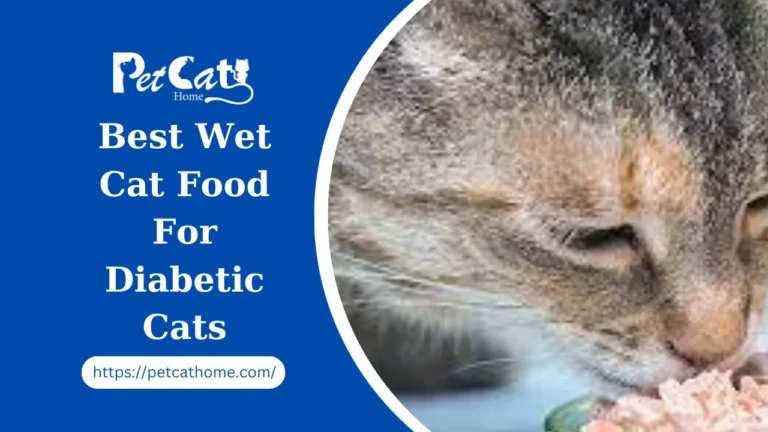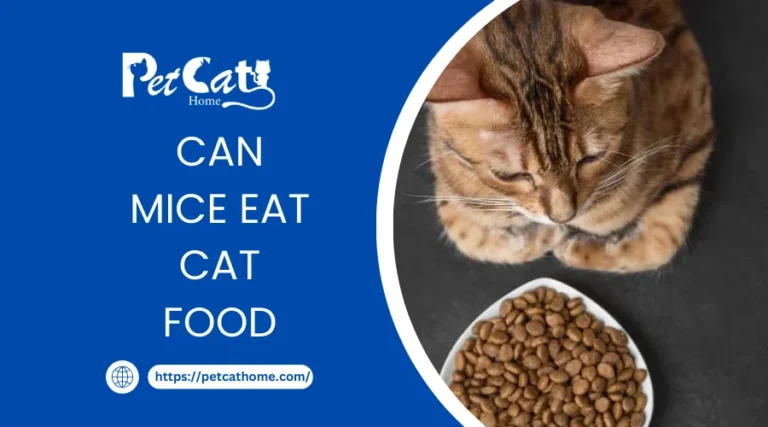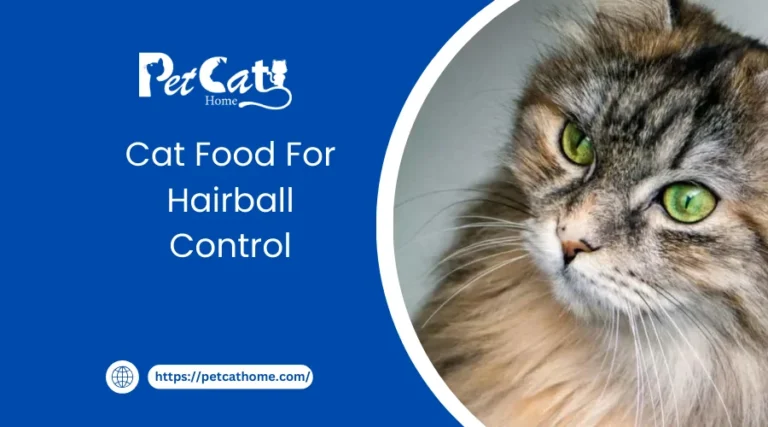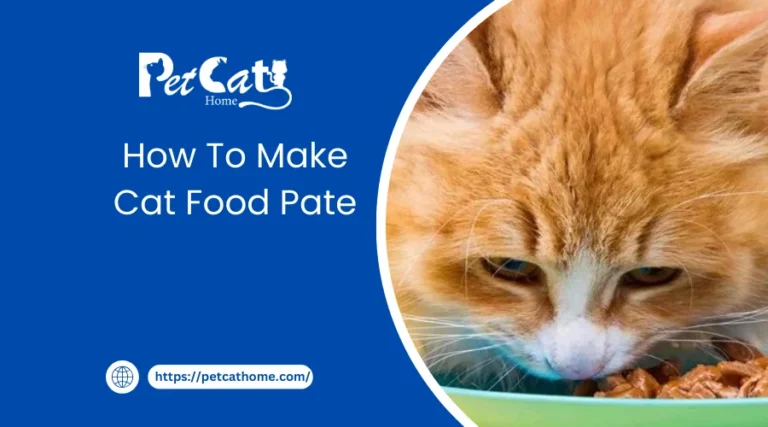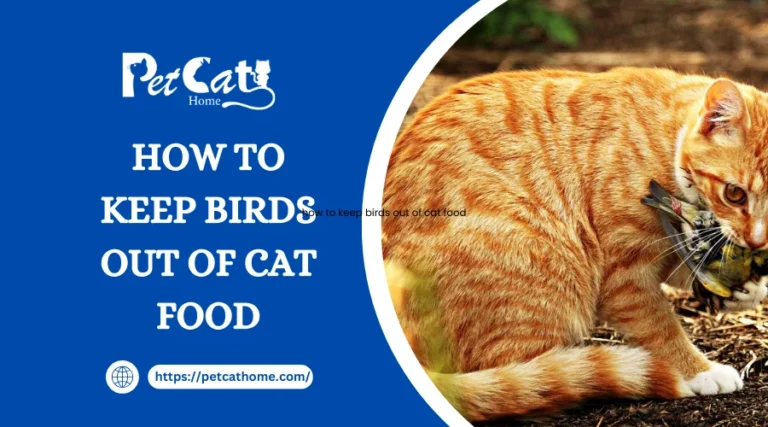Hairball Control Dry Cat Food
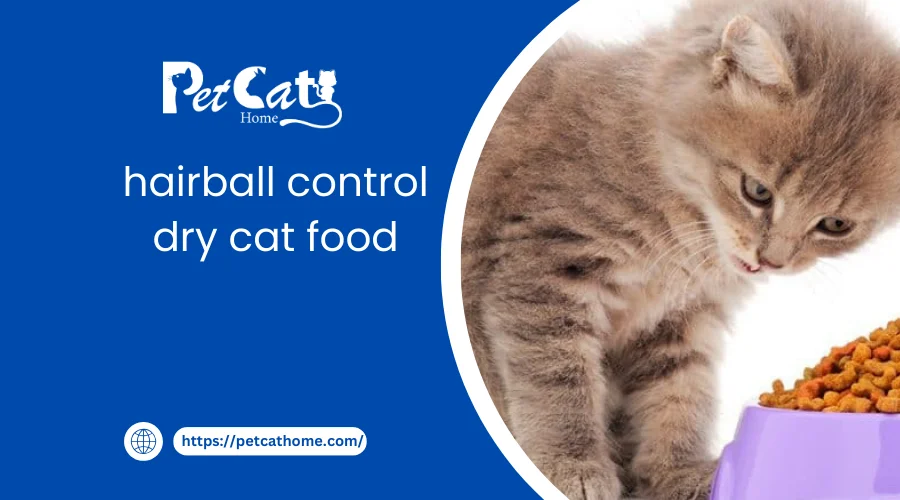
Welcome to our in-depth tutorial on dry cat food for hairball control. We know how difficult it may be to deal with hairballs in our feline friends because we are pet owners. Not only can these bothersome fur balls cause discomfort for your cat, but they can also cause digestive problems and other health hazards. Thankfully, you may successfully control and avoid hairballs in your cherished pet with the appropriate diet and care.
Let’s first examine the causes of cat hairballs before delving into the intricacies of hairball management dry cat chow. Because cats are such good groomers, they will always swallow loose fur while self-grooming. A portion of this fur may build up in the stomach and create hairballs, but the majority of it travels through the digestive system and is eliminated in the feces.
Cats that shed a lot or those with long hair tend to have more hairballs. The incidence and severity of hairballs in cats can also be influenced by other factors, including age, food, and grooming practices.
The Importance of Hairball Control Diet
To effectively manage cat hairballs, a healthy diet is essential. Dry cat food with a hairball management recipe is designed to help prevent hairball production and support healthy digestion. To promote optimal digestion and reduce the formation of hairballs, these diets usually include a combination of fiber, protein, and vital nutrients.
Selecting the Best Dry Cat Food to Reduce Hairballs
It’s important to take into account some variables when choosing a dry cat food that reduces hairballs for your pet:
- High Fibre Content: Seek out formulas that contain a lot of fiber because it aids in the movement of hair through the digestive system and keeps it from balling up.
- Superior nutrients: Choose cat food that has real meat, whole grains, and natural fibers, among other nutritious nutrients. Items with artificial flavors, additives, and preservatives should be avoided.
- Digestive maintenance: To maintain a healthy digestive system and reduce the creation of hairballs, look for solutions that contain substances like probiotics and prebiotics.
Palatability: To make sure your kitty gets the nutrients they need without any trouble, choose a cat food that they love eating.
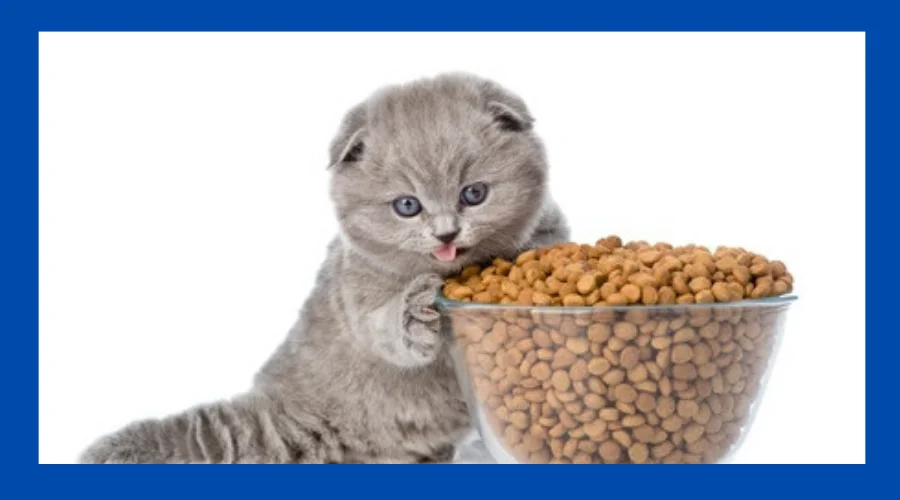
Top Hairball Control Dry Cat Food Brands
Various reliable brands of dry cat food are suitable for hairball control. Here are a few top choices:
- The Royal Canin Hairball Care dry cat food is made with a special combination of fibers, such as psyllium and insoluble fibers, to promote intestinal transit and lessen the development of hairballs.
- With its special fiber technology, Hill’s Science Diet Hairball Control Dry Cat Food helps cats maintain a healthy weight and experience fewer hairballs. includes natural components and vital nutrients for general health.
- Dry cat food Purina ONE Hairball Formula: This recipe, which has actual chicken as its main ingredient, reduces hairballs while encouraging good skin and coat.
- Blue Buffalo Indoor Hairball & Weight Control Dry Cat Food: This recipe supports weight control and digestive health by combining ingredients high in protein with natural fiber sources.
Tips for Feeding Hairball Control Dry Cat Food
Use these suggestions to get the most out of dry cat food for hairball control:
- Gradual Transition: To avoid causing gastric distress, gently introduce the new diet to your cat over a week when transitioning to a new meal.
- Appropriate Portion Control: Make sure your cat eats the recommended amount of food each day according to the feeding recommendations listed on the container.
- Fresh Water: To promote healthy digestion and general hydration, always provide your cat access to clean, fresh water.
- Frequent Grooming: To help minimize fur ingestion and reduce shedding, include regular grooming sessions in your cat’s routine.
Advanced Strategies for Hairball Control and Prevention
You may further control and prevent hairballs in your cat by using a few advanced tactics in addition to choosing the best dry cat food for hairball control.
Frequent Brushing: Brushing your cat once a day helps remove loose fur from their coat, which minimizes the amount of hair they eat when getting groomed. Gently remove tangles and mats with a brush or comb designed specifically for cats.
Use an Omega-3 Fatty Acid Supplement: These acids, which are present in fish oil supplements, can help your cat’s skin and coat stay healthier by lowering shedding and the development of hairballs. For information on the right dosage for your cat, speak with your veterinarian.
Provide Hairball Remedies: To help lubricate the digestive tract and ease the passage of hairballs, a variety of hairball remedies are available, such as oral gels and treats. Typically, these products have components like plant-based oils or petroleum jelly.
Promote Hydration: Keeping hydrated is crucial to preserving a healthy digestive system and reducing the development of hairballs. Make certain that your cat always has access to fresh, clean water, and think about supplementing their diet with moisturizing wet food.
Observe Your Cat’s Behaviour: Pay attention to how your cat uses the litter box and grooms itself. A hairball obstruction or other underlying health condition that needs veterinarian attention may be indicated by changes in grooming behavior or symptoms of discomfort like vomiting or constipation.
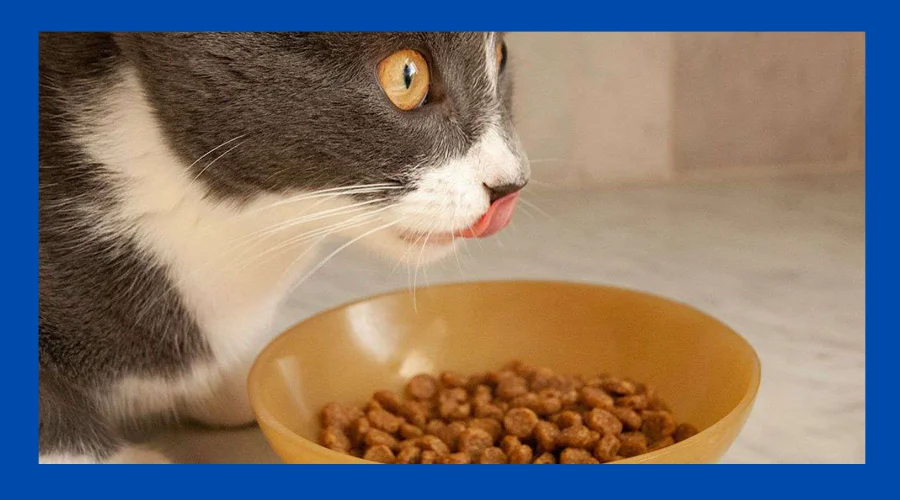
Frequent visits to the vet: Plan on seeing your veterinarian for routine wellness checkups so that you can keep an eye on your cat’s general health and quickly address any issues. Personalized hairball management advice from your veterinarian can be given depending on your cat’s age, breed, and past medical records.
Advanced Strategies for Hairball Control and Prevention (Continued)
Stress management: Stress can make cats more likely to groom themselves, which increases their intake of hair and the development of hairballs. Give your cat lots of chances for play, exercise, and cerebral stimulation to create a serene and stimulating environment. To help lower stress levels in multi-cat households or during stressful situations like moving or traveling, think about utilizing pheromone diffusers or soothing supplements.
Frequent activity: To maintain the best possible digestive system for your cat, encourage regular activity. Boredom and compulsive grooming habits can be decreased with the aid of interactive toys, climbing frames, and puzzle feeders that encourage both mental and physical involvement.
Track Any Dietary Changes: Observe how your cat reacts to various foods and note any dietary changes. Certain components may cause allergies or sensitivities in certain cats, which might cause increased hairball output or upset stomachs. See your veterinarian for advice on suitable diet adjustments if you think your pet may have a dietary intolerance.
Professional Grooming: To maintain the best possible condition for their fur, long-haired breeds or cats with thick coats may require professional grooming sessions. To minimize the quantity of hair your cat ingests while grooming, professional groomers can assist in removing extra fur and matting.
Address Underlying Health Issues: In certain instances, persistent hairball problems could be an indication of a medical disease that lies beneath the surface, like thyroid or gastrointestinal illnesses. For a comprehensive examination and necessary diagnostic testing, see your veterinarian if hairballs continue despite dietary and lifestyle modifications.
Educate Yourself: Keep up with the most recent advancements in veterinarian treatment, grooming methods, and feline nutrition. When it comes to maintaining the health and well-being of your cat, information is power, so make use of reliable sources like veterinary websites, pet care blogs, and associations for professionals.
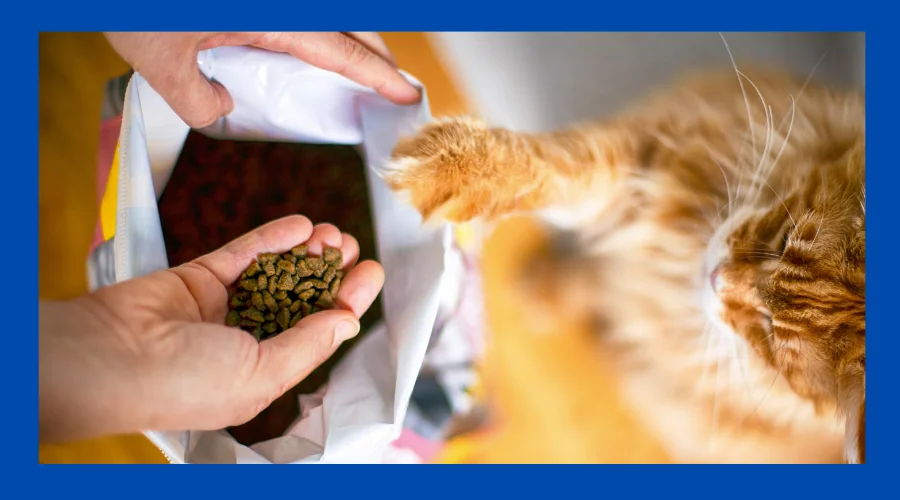
Hairball Control – Dry Cat Food
Do you want to provide your cats the healthiest, most hygienic food possible?
With Laptab’s 100% complete and balanced Hairball Control – Dry Cat Food – 1.4 kg, which includes natural supplements for your pets, you no longer need to browse the internet. After kittens begin Meow Mix, cat food is specifically designed to help control hairballs. High-quality components like chicken, beef, soybeans, corn, turkey, and many more are included in its formulation. Therefore, just relax and have faith in your choice. There are no artificial flavors, preservatives, or colorants used.
Ingredients:
Whole corn kernels, brewer’s rice, corn gluten meal, soybean oil, powdered cellulose, animal digestive, mixed tocopherol is, and soybean oil (preserved with BHA/BHT), among other products. PRODUCT MEAL, SALMON MEAL, FISH MEAL (ORIGIN OF OCEAN FISH FLAVOUR), SALT, BREWERS DRIED YEAST, CALCIUM CARBONATE, PHOSPHORIC ACID, POTASSIUM CHLORIDE, CHOLINE CHLORIDE, VITAMINS (VITAMIN E SUPPLEMENT, NIACIN, VITAMIN A SUPPLEMENT, RIBOFLAVIN SUPPLEMENT, D-CALCIUM PANTOTHENATE, PYRIDOXINE HYDROCHLORIDE, THIAMINE MONONITRATE, VITAMIN B12 SUPPLEMENT, MENADIONE SODIUM BISULFITE COMPLEX (SOURCE OF VITAMIN K ACTIVITY), VITAMIN D3 SUPPLEMENT, FOLIC ACID, BIOTIN), MINERALS (FERROUS SULPHATE, ZINC OXIDE, MANGANOUS OXIDE, COPPER SULPHATE, CALCIUM IODATE, SODIUM SELENITE), RED 40, LACTIC ACID, YELLOW 5, TAURINE, BLUE 2, ROSEMARY EXTRACT.
Guaranteed Analyses:
- Unprocessed Protein 31.0 percentile minutes.
- Fat Content 11.0% min.
- 9.0% maximum crude fibre.
- Maximum moisture content of 12.0%.
- Calcium 1.0% for one minute.
- Potassium 0.8% min.
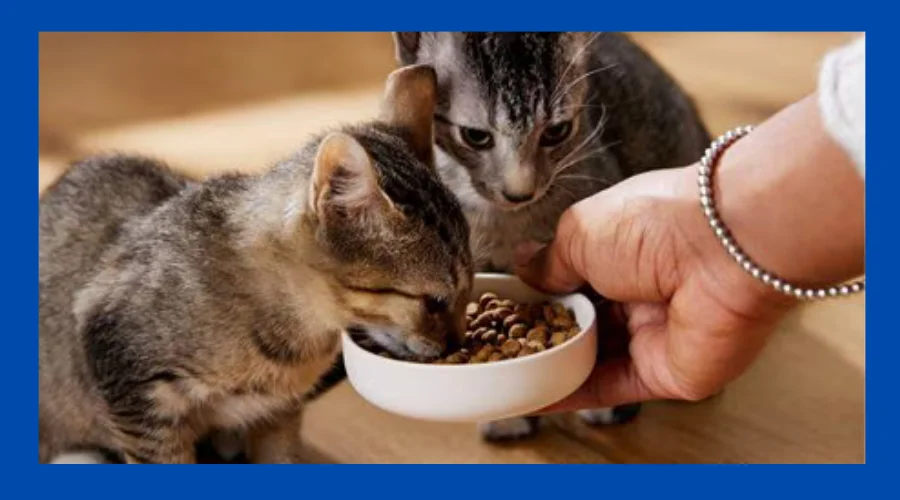
You might also enjoy our selection of pet supplies, which includes a litter tray, bath gloves for pets, dog and cat nail clippers, and much more, in our online pet store. Thus, don’t wait and stop by to locate the supplies your pet needs.
FAQs
How does dry cat food with hairball control function?
A combination of fibers and nutrients is usually present in hairball control dry cat food, which aids in improving digestion and lowering the development of hairballs. Because of the high fiber content, hair is more easily moved through the digestive system and is less likely to clump together and create hairballs.
Does hairball control dry cat food have any adverse effects?
A slight adjustment phase may occur as with any dietary change, but most cats accept hairball control dry cat chow well. Gas or loose stools are signs of a transient digestive upset that some cats may have while their bodies adjust to the new food. See your veterinarian if any symptoms seem severe or persistent.
How often should I give dry cat food with hairball control to my cat?
A: Adhere to the feeding recommendations listed on the cat food’s packaging. Adult cats should generally be fed two meals a day, but for specific feeding advice based on your cat’s age, weight, and activity level, speak with your veterinarian.
Is it possible to feed kittens dry cat food that reduces hairballs?
A: Since hairball control dry cat food is usually made for adult cats, growing kittens may not get the nutrition they need from it. Selecting a formula tailored to your kitten’s dietary requirements is the best option. When choosing the best food for your kitten, seek advice from your veterinarian.
What should I do if my cat continues to control dry cat food?
A: If hairball issues persist despite feeding your cat hairball control dry cat food and implementing other hairball management strategies, consult your veterinarian for further evaluation. Persistent hairballs may be a sign of an underlying health issue that requires medical attention.
Conclusion
It takes a multifaceted strategy to manage and prevent hairballs in cats, addressing lifestyle, diet, grooming, and general health. You may reduce hairball development and improve your cat’s general health by adding cutting-edge techniques like frequent brushing, omega-3 supplements, stress management, and expert grooming into their care regimen.
Don’t forget to get advice from your veterinarian for recommendations that are specific to the needs and conditions of your cat. You may help your cat live a happy, healthy life free from the discomfort of hairballs if you are patient and dedicated, and provide preventative treatment.
